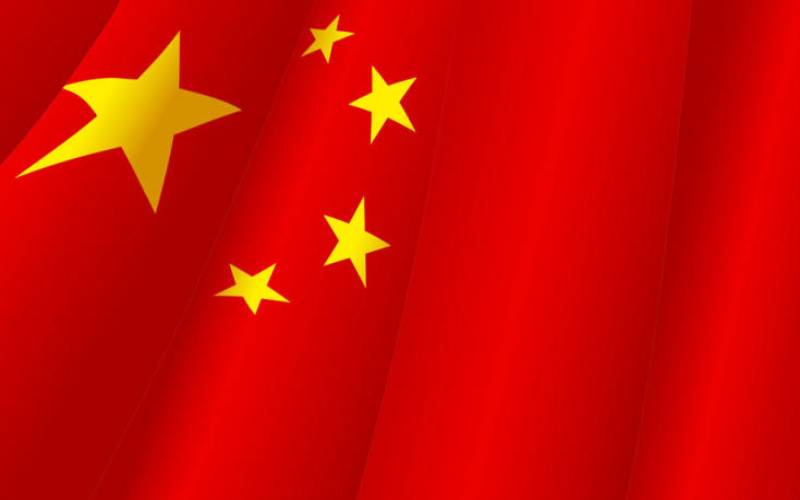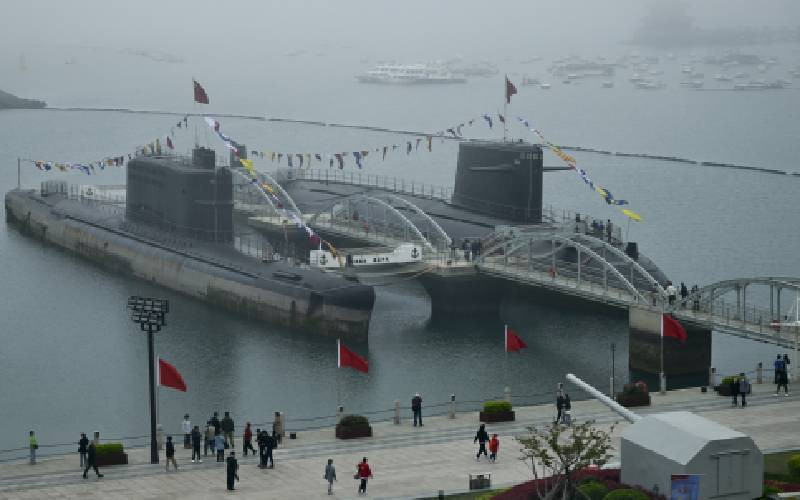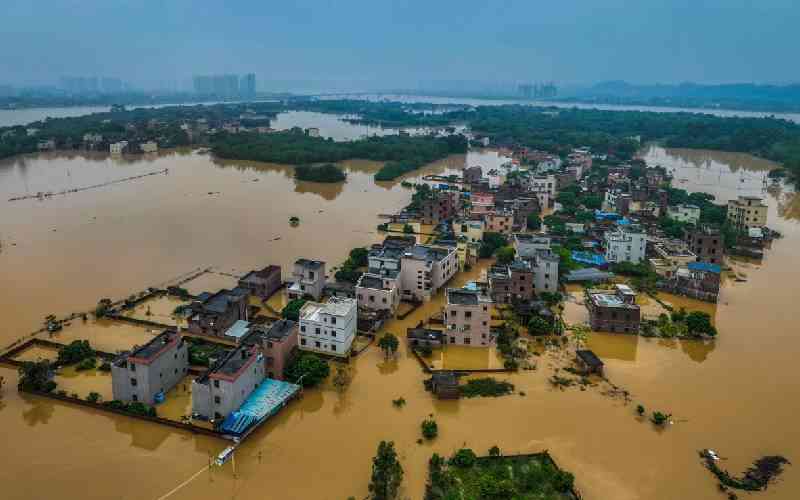Tomorrow, the People’s Republic of China turns 70. Notably, as it does so, China is no longer a “forbidden” country. It is one of the three top global powers along with the United States and Russia.
As the global economic engine and geopolitical trend setter, it is either second or third in economic and military power. This was not always the case way back on October 1, 1949 when Chairman Mao Zedong and his revolutionary team ended roughly 22 years of struggle and civil war.
This struggle started properly in 1927 in the beginning of the Long March from Shanghai during which the Communist Party of China (CPC) fine-tuned its ideology to relate to the peasants rather than to concentrate on creating proletariats as Joseph Stalin had done in the Soviet Union.
October 1949, therefore, was a culmination of politico-military as well as ideological maturing that ushered in a new force in the global arena.
They launched “New China” to determine two interrelated things. First was the future of society within China and second was China’s relation with the rest of the world. The New China did not always have it rosy in the 70 years in between.
Coming into being during the Cold War, it has gone through three phases of asserting itself and has ended up a major player in world affairs in the post-cold war period.
No longer inward looking, the mistake China made during the Ming Dynasty that enabled the “barbarians” to infiltrate and place China under European domination, it adopted an outward looking posture of going “out” to the “barbarians.”
Focused leaders
New China did this mainly under three focused leaders; Mao Zedong, Deng Xiaoping, and Xi Jinping.
Mao and Deng, founders of the New China, created political and economic institutions and initially, particularly during the Cold War, seemed like global curiosities.
Mao unsuccessfully tried to export political “revolutions”, differed with the Soviet Union on security and communist ideology, embraced Cold War arch rival Richard M Nixon in Washington, and ended New China’s place of isolation in world affairs.
Deng was the economic revolutionary, opening up New China to capitalist investors with his “socialism with Chinese characteristics”, and reforming political institutions. Believing in hiding power while ensuring that the CPC remained in control, Deng crushed political challenge to the communist party in 1989 and then returned to his philosophy of the irrelevancy of the colour of cats in catching economic mice.
Unlike Mao and Deng, Xi is a child of New China and a post-Cold War phenomenon. Still adamant on the primacy of the Communist Party, he is out to reform perceived institutional shortcomings and to chart new world directions. He combines the Mao-Deng attributes of pace setting but his theatre is more global rather just Chinese.
For him, China does not need to hide power that is visible to all in terms of the economy, the military, and in world politics. This is the essence of Xi’s twin approaches to interacting with other countries. First is the Belt and Road Initiative (BRI) which tends to unite many states through the agency of Chinese constructed infrastructure.
Stay informed. Subscribe to our newsletter
Raw materials
African countries have participated in this form of interaction with the New China either as infrastructural linkage points to the BRI or as strategic suppliers of needed industrial raw materials.
Kenya is among those participants through the SGR and the Lapsset projects that should strategically bind the Indian and Atlantic oceans through Eastern and Central Africa.
Second, Xi reinforces the BRI project with an appealing shared common destiny philosophy that does not appear threatening to other countries.
Pushing China to become the champion of the global commons puts it ahead of competing big powers like the United States which, under Donald Trump’s leadership, has decided to ignore such global commons as climate change. Both approaches tend to unite many countries in thought and infrastructure.
In the 70 years of its existence, China transformed itself from poverty and foreign domination into a determiner of global activities.
In the process, it attracted envy, hostility, admiration, and imitators.
Countries, like Kenya and United States, found themselves adjusting to the reality of China’s global presence. It achieved this by abandoning its “forbidden” country mentality and embracing shared global commons.
Its leaders remained committed to the Communist Party of China to set the national agenda.
Insisting on doing everything “with Chinese characteristics”, China still claims to be a Third World country even as it sets global trends economically, in defence and technological projections and in world politics.
Few countries in the world, if any, can boast of such transformation within 70 years.
Prof Munene teaches History and International Relations at USIU
 The Standard Group Plc is a
multi-media organization with investments in media platforms spanning newspaper
print operations, television, radio broadcasting, digital and online services. The
Standard Group is recognized as a leading multi-media house in Kenya with a key
influence in matters of national and international interest.
The Standard Group Plc is a
multi-media organization with investments in media platforms spanning newspaper
print operations, television, radio broadcasting, digital and online services. The
Standard Group is recognized as a leading multi-media house in Kenya with a key
influence in matters of national and international interest.
 The Standard Group Plc is a
multi-media organization with investments in media platforms spanning newspaper
print operations, television, radio broadcasting, digital and online services. The
Standard Group is recognized as a leading multi-media house in Kenya with a key
influence in matters of national and international interest.
The Standard Group Plc is a
multi-media organization with investments in media platforms spanning newspaper
print operations, television, radio broadcasting, digital and online services. The
Standard Group is recognized as a leading multi-media house in Kenya with a key
influence in matters of national and international interest.









